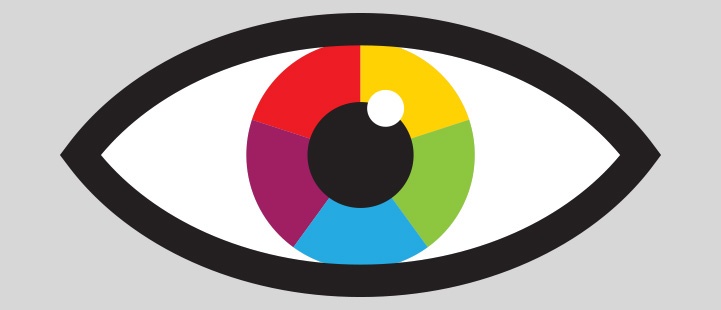Your visual identity includes all of the visible elements of your brand. Color palette, uniform and authorized imagery, form and shape convey the symbolism that cannot be expressed through words. In a business brand experience, beyond the obvious documents of communications, your brand identity system should include elements such as interior and exterior architecture, signage, uniforms and vehicles.
It is old-fashioned to merely apply your logo with a hardline, regimented management style of policing the logo, color, fonts and image restrictions. All great brands periodically evaluate these areas of brand management in search of inconsistencies and potential improvements with an eye toward competitive advantage. And with today’s rates of disruption in markets, innovation and advances in technology, flexibility is one of the most important characteristics your brand management process can embrace. Your visual identity guide should cover these areas:
Evaluate your logo. Does it still support your brand promise?
Review color standards. Does your color palette communicate your distinctive relevance in the current and foreseeable marketplace?
Analyze typography guidelines. Does your typography support modern messaging effectively?
Assess your approach to imagery. Does your approach to photography and graphics feel dated?
Audit your graphic elements. Does your library of icons match up with the acceleration of change in technology?
Evaluate your logo. Whether your logo is relatively new or steeped in tradition, you are responsible for evaluating its relevance in light of constant change. Keeping in mind that the logo is the core of a visual identity, there are still many ways to modify your brand identity system without changing the logo in a bold way. Quality reproduction is as important as ever. Logos today must work in a digital environment. This is nothing new. Simply take a close look at the way your logo works in pixel formats. If you have a wordmark, kerning may be adjusted to support readability. If you have a logo mark, sharp points and negative space may be tweaked to avoid plugging and rounding of shapes and space. The goal is to maintain a crisp reproduction.
Review color standards. The world is a trendy place. That doesn’t mean you have to follow trends with your identity. But you do need to be aware of how well you fit in the marketplace. A well-defined palette of approved colors is an important guide for reproduction in real-world, digital and print environments. Color trends are fickle foundations for a solid and secure identity. However, color adjustments such as brighter hues, greater saturation, or extremes in contrast can be made to support more aggressive strategies in marketing and communication. Observe holistically and apply simply is a good philosophy for managing a flexible visual identity. If innovation is part of your brand experience, risks are important test waters for creating a trend rather than following a trend.
Analyze typography guidelines. This should be an easy process. Traditional typographic rules still apply. Readability is rule one. Rule number two is that in most communication, the reader shouldn’t be “font aware.” The content should be communicated without distractions. On occasions where type becomes imagery, creative impulses may be indulged, and even recommended, but headlines, sub headlines, text, captions and breakouts should follow guidelines and be non-negotiable.
Assess your approach to imagery. If your brand doesn’t have an official philosophy for photography, illustration and video or film guidelines, it needs one. Close monitoring of photographic style, artwork usage, and film production standards are valuable assets in a strong visual identity. What are the parameters for humor, drama, conflict and resolve in the story of your brand? This is another area where it is easy to fall victim to trends. Trends may be leveraged, but need delicate handling in order to avoid going “off brand.” The goal is innovative consistency. Maintaining an engaging visual identity means understanding the sub-texts of imagery, cultural sensitivities and competitive awareness dialogues. World events, economic shifts and popular culture impact B2B branding as much as B2C.
Audit your graphic elements library. Again, if you don’t have a library of icons, you are dismissing a valuable asset. Icons are literally a language of graphic elements. Part of the reliance on icons is that the same symbols have the same meanings across many cultures and languages. That doesn’t mean you can indulge in generic monotony. Customizing your icons and refreshing the library periodically will extend your brand identity system beyond the logo. Simply using the logo as a creative springboard, along with your color palette and image philosophy, you can create higher industry standards for presentations, user experiences, and video and film treatments. You might even create a trend!
Your visual identity should put an honest face to your business and integrate seamlessly throughout your brand experience. You can create the tools for telling your story in a consistent visual way by applying imagination, flexibility and meaning. Special attention to changes within your organization and how those changes interact in the real world are at the heart of a strong visual identity that illustrates the story of your brand.



